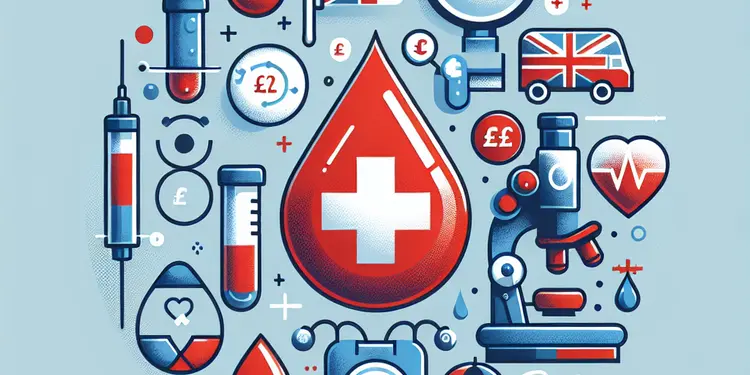
Find Help
More Items From Ergsy search
-
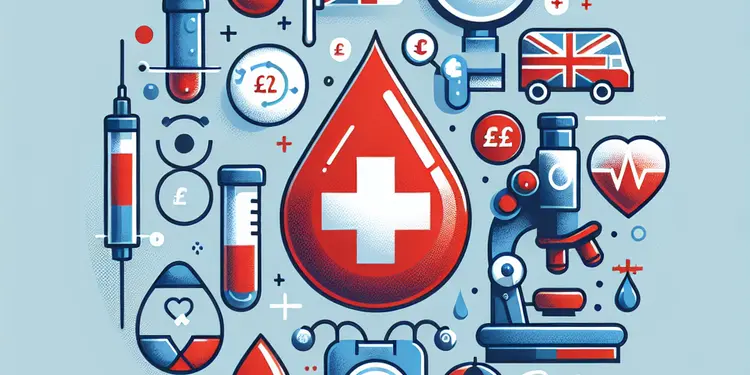
How do healthcare providers match blood for transfusions?
Relevance: 100%
-
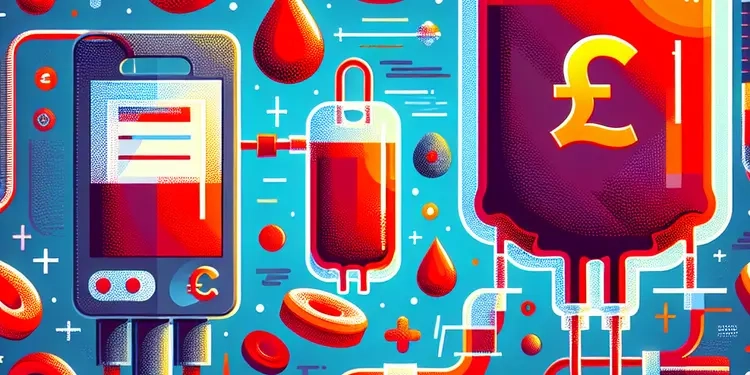
What is a blood transfusion?
Relevance: 64%
-

Are there risks associated with blood transfusions?
Relevance: 61%
-

Blood Product Transfusions
Relevance: 58%
-
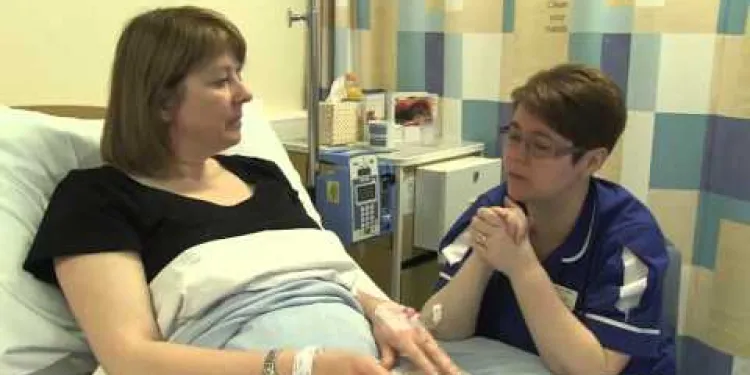
Blood Transfusion
Relevance: 55%
-
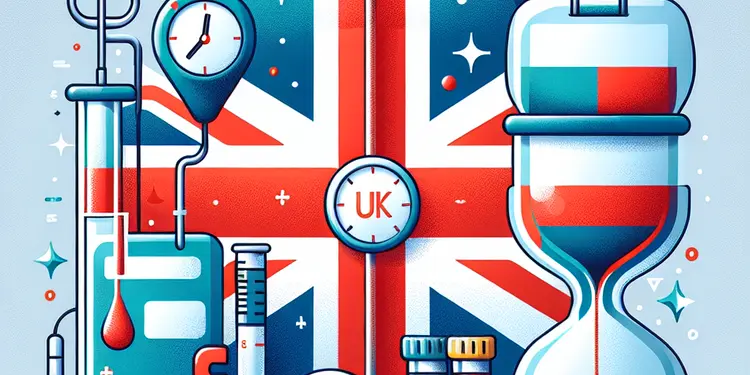
Is there an age limit for receiving blood transfusions?
Relevance: 52%
-
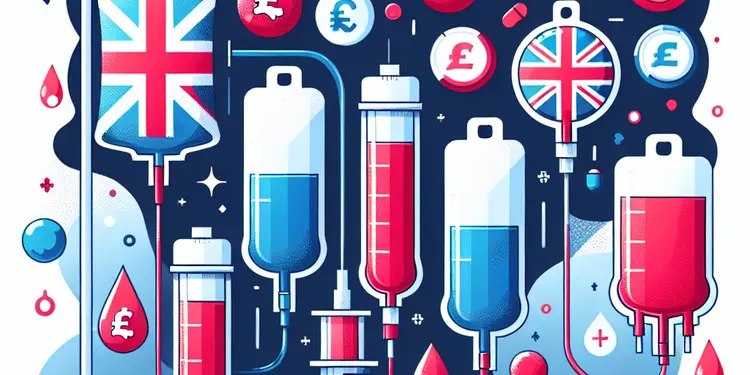
What types of blood products can be transfused?
Relevance: 51%
-
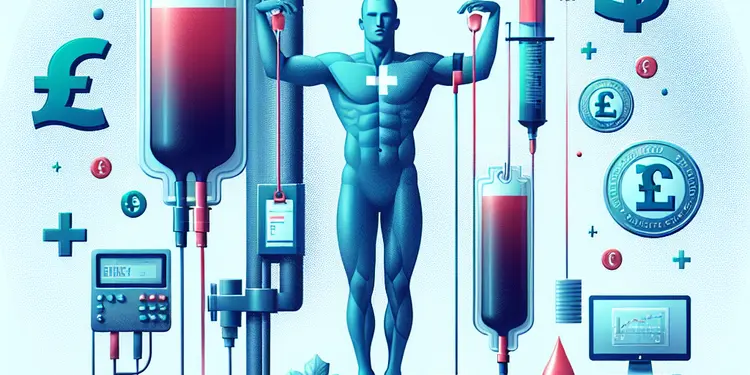
Can someone have a reaction to a mismatched blood transfusion?
Relevance: 51%
-
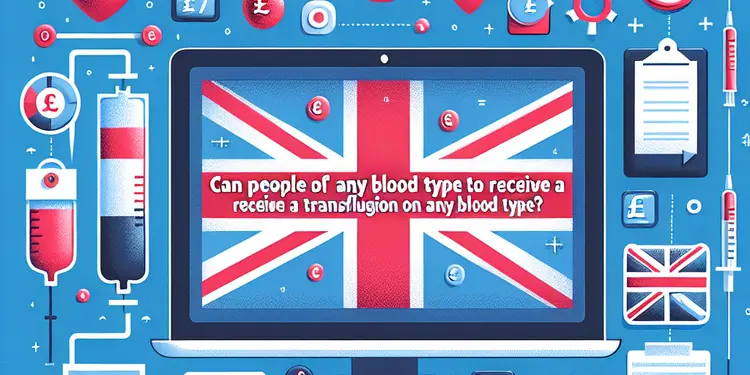
Can people of any blood type receive a transfusion of any blood type?
Relevance: 50%
-
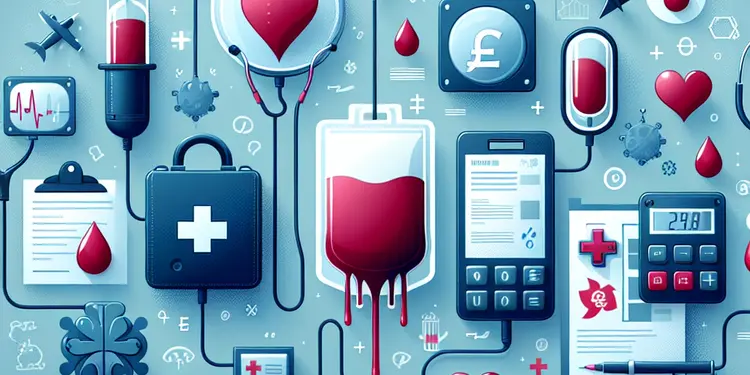
Can certain medical conditions prevent receiving blood transfusions?
Relevance: 50%
-
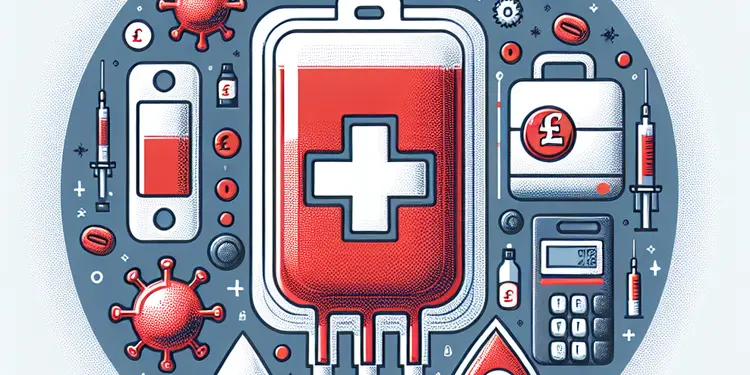
Is HTLV a risk in blood transfusions?
Relevance: 49%
-
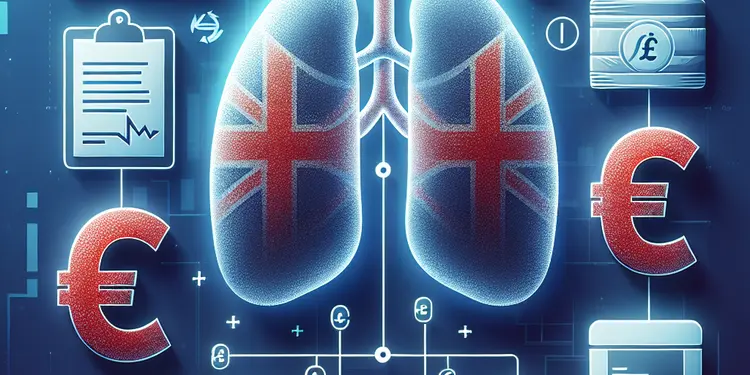
Is Hepatitis B a risk in blood transfusions?
Relevance: 48%
-
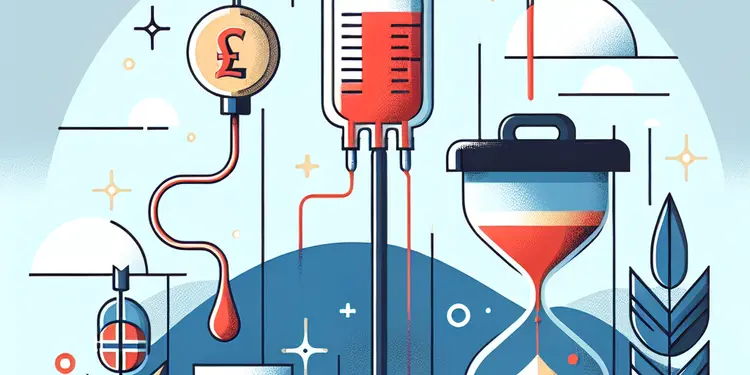
How long does a blood transfusion take?
Relevance: 47%
-
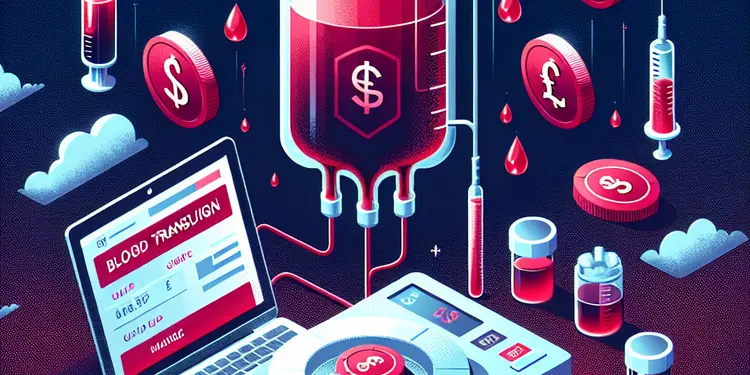
Why might someone need a blood transfusion?
Relevance: 46%
-

What diseases can be spread by blood transfusions?
Relevance: 46%
-
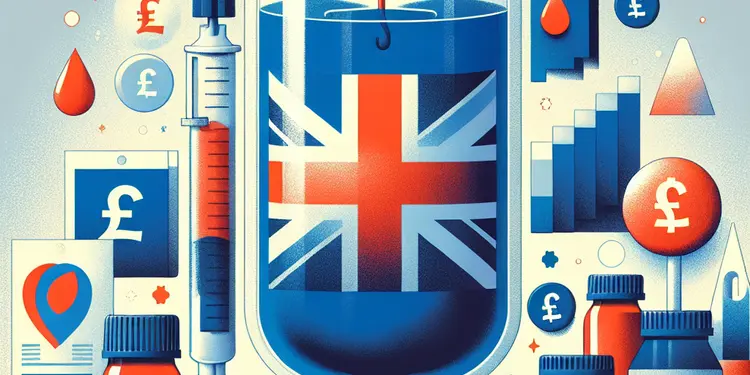
Is Chagas disease a concern with blood transfusions?
Relevance: 46%
-
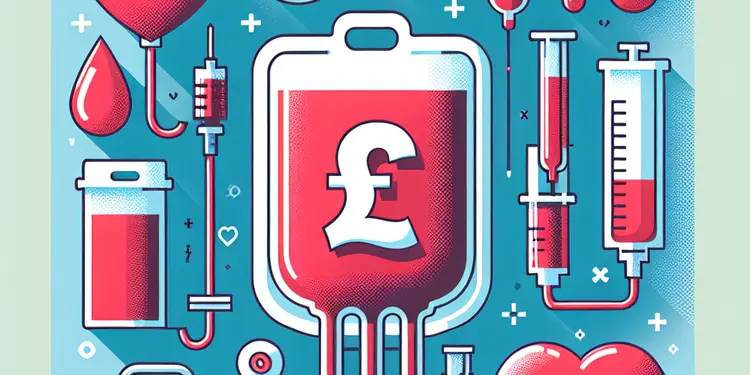
Can HIV be transmitted through blood transfusions?
Relevance: 46%
-
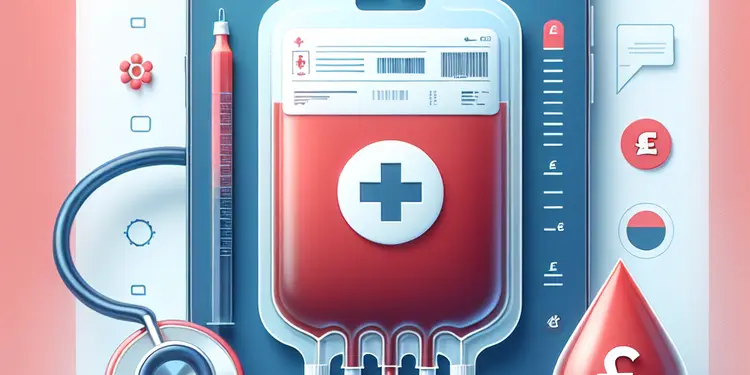
Can bacterial infections be transmitted through blood transfusion?
Relevance: 45%
-
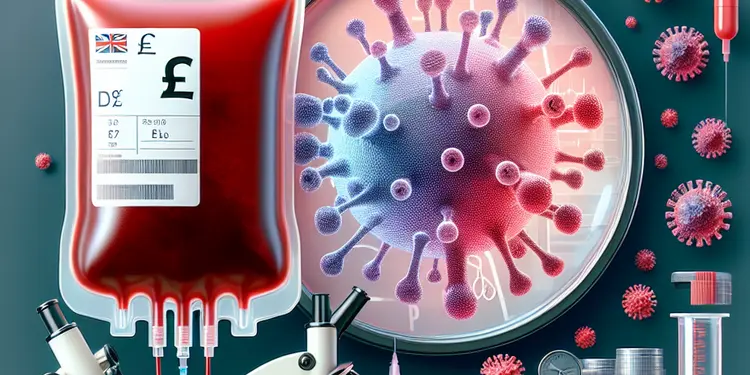
What is the most common disease transmitted by blood transfusion?
Relevance: 45%
-
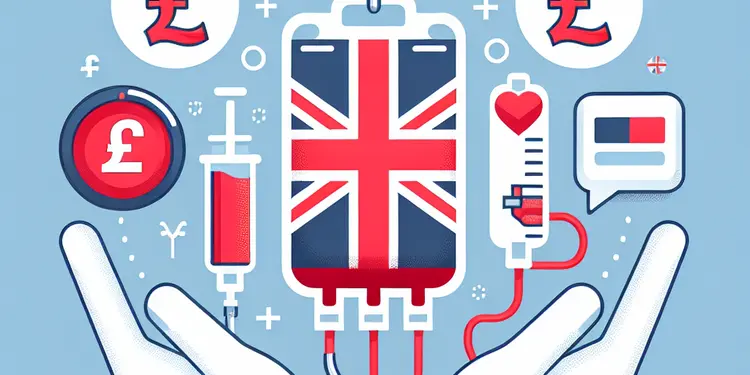
Can COVID-19 be transmitted through blood transfusions?
Relevance: 45%
-
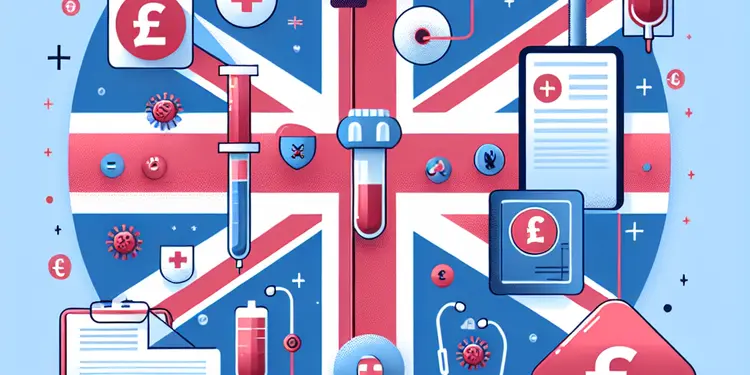
Are there any parasites that can be transmitted through blood transfusions?
Relevance: 45%
-
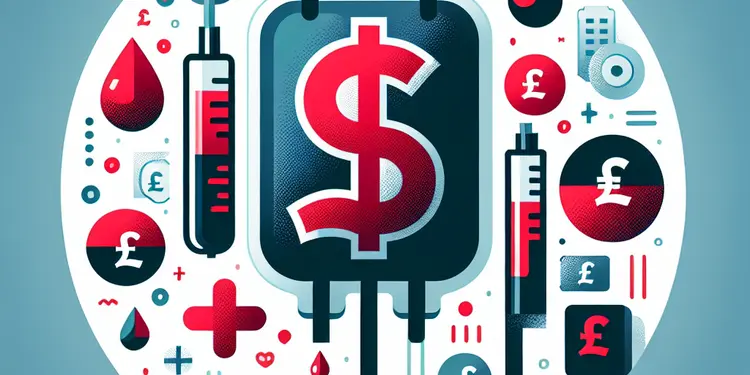
What are some common reasons blood transfusions are needed?
Relevance: 44%
-
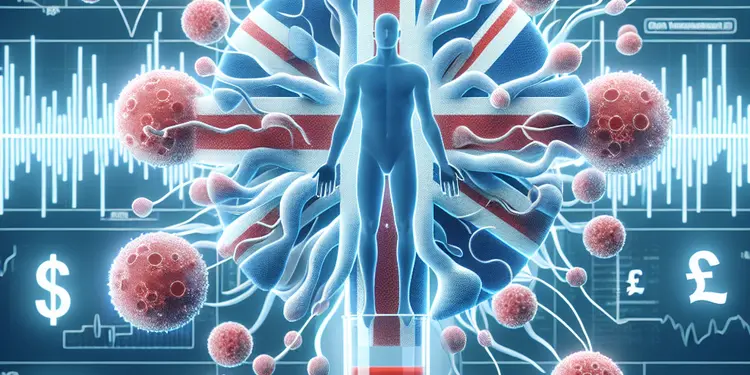
Can syphilis be transmitted via blood transfusion?
Relevance: 44%
-
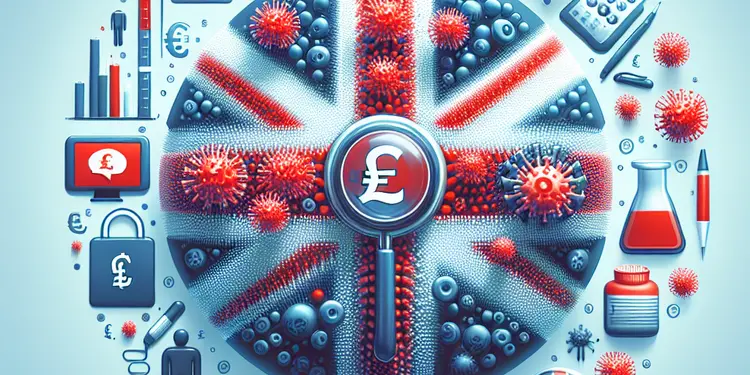
Is Zika virus screened for in blood transfusions?
Relevance: 44%
-
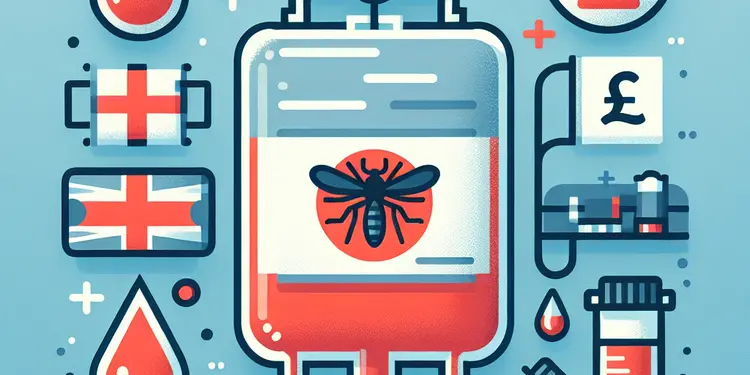
Can Dengue fever be transmitted through blood transfusions?
Relevance: 43%
-
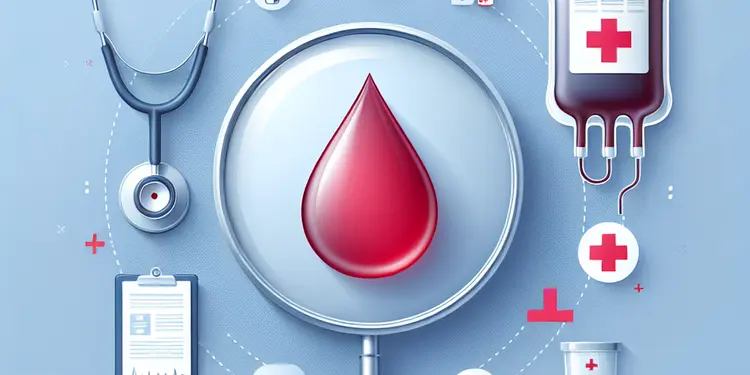
How do doctors determine how much blood is needed for a transfusion?
Relevance: 43%
-
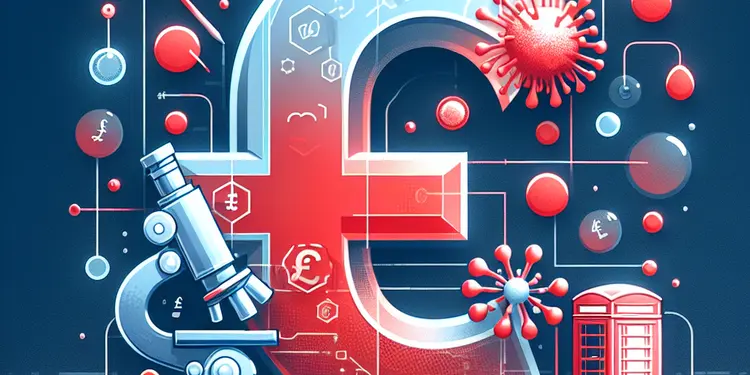
Is malaria still a concern for blood transfusion safety?
Relevance: 43%
-
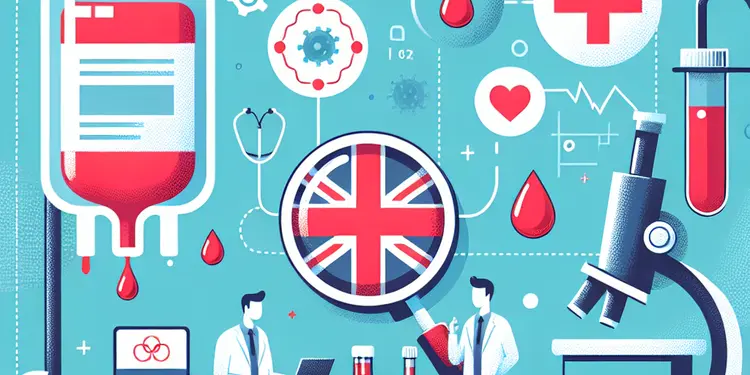
Can you get any prion diseases from blood transfusion?
Relevance: 40%
-
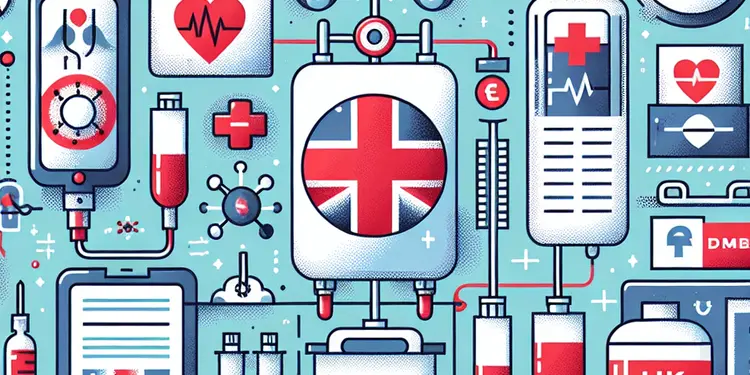
What measures are taken to prevent disease transmission in blood transfusions?
Relevance: 39%
-
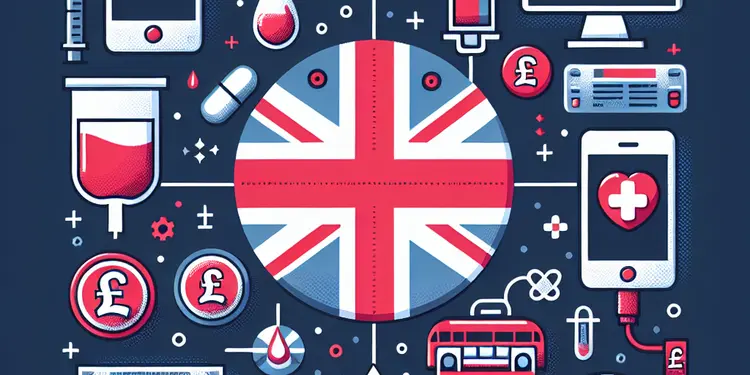
Is blood used for transfusions safe?
Relevance: 38%
-

How are live-in caregivers matched with clients?
Relevance: 36%
-
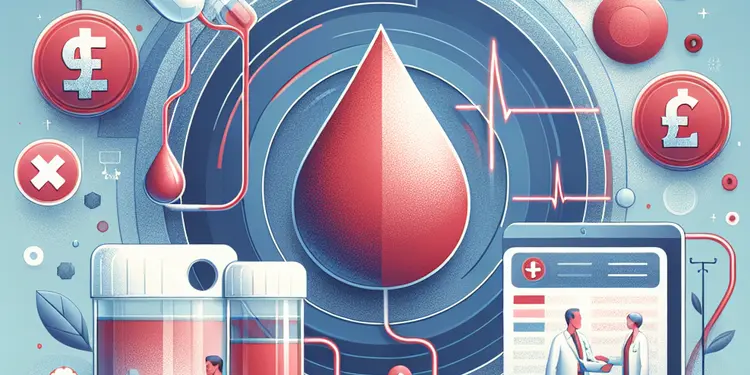
What kind of follow-up care is needed after a blood transfusion?
Relevance: 36%
-

What is plasma, and why might it be transfused?
Relevance: 35%
-
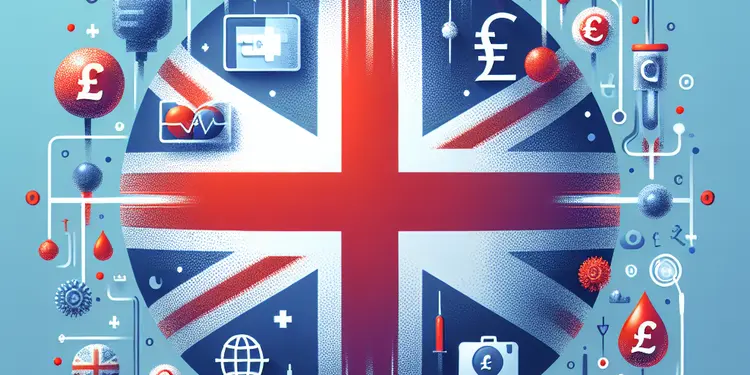
Are there global differences in screening for blood transfusions?
Relevance: 35%
-
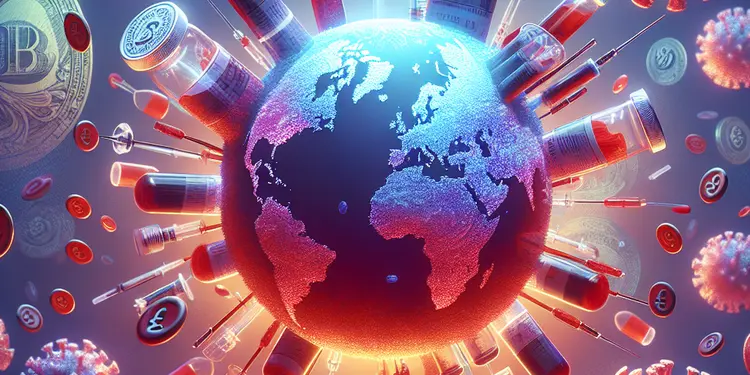
Can cytomegalovirus (CMV) be spread through transfusions?
Relevance: 35%
-

What should I tell my healthcare provider before starting Wegovy?
Relevance: 33%
-
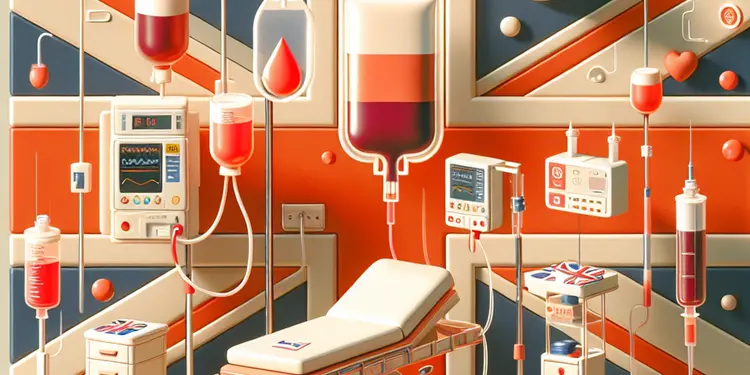
What should a patient expect after a blood transfusion?
Relevance: 33%
-
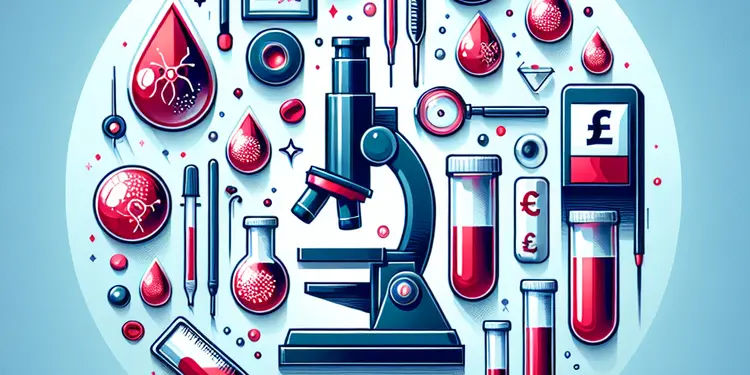
How is blood screened to prevent disease transmission?
Relevance: 32%
-
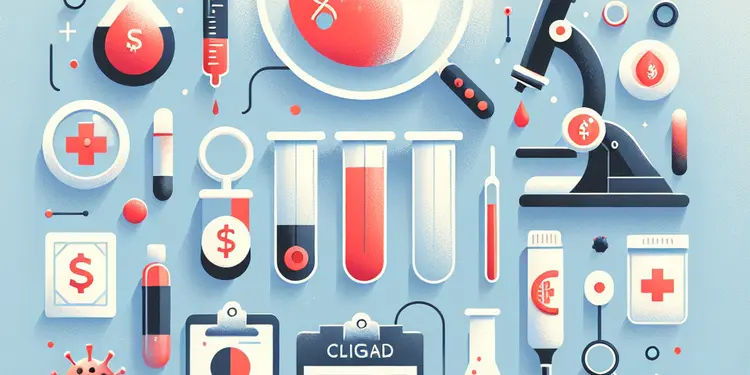
What other viruses are tested for in blood donations?
Relevance: 29%
-
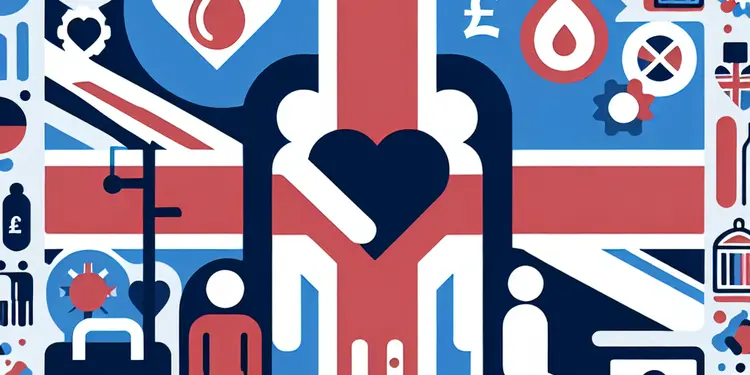
Can you donate blood specifically for a friend or family member?
Relevance: 29%
Introduction to Blood Transfusions
Blood transfusions are a critical component of modern healthcare, providing necessary support for patients with a variety of medical conditions. To ensure patient safety, healthcare providers must accurately match donor blood with recipients. In the UK, the matching process is performed meticulously by healthcare professionals to prevent adverse reactions.
Understanding Blood Groups
The first step in matching blood for transfusions involves identifying the blood group of the donor and the recipient. There are four primary blood groups: A, B, AB, and O, determined by the presence or absence of specific antigens on the surface of red blood cells. Additionally, the Rh factor, which can be positive or negative, further categorises blood types. For instance, a person may have A-positive or O-negative blood.
Compatibility Testing
Compatibility testing, also known as crossmatching, is an essential procedure before any transfusion takes place. This test ensures that the donor blood will be compatible with the recipient's blood. It involves mixing a small sample of the recipient's plasma with the donor's red blood cells to observe any adverse reactions. If the test shows no signs of clumping or haemolysis, the blood is considered safe for transfusion.
The Role of the NHS Blood and Transplant
In the UK, the NHS Blood and Transplant (NHSBT) service plays a crucial role in blood donation and transfusion. NHSBT ensures that blood is safe and readily available for patients across the country. The service collects blood donations, performs rigorous testing for infectious diseases, determines blood group, and stores the blood safely until it is needed for a transfusion.
Ensuring Safe Transfusions
To minimise risks, healthcare providers follow strict protocols in processing and administering blood. This includes double-checking the recipient's identity and blood type against the donor's blood. Technology, such as barcode systems and electronic medical records, further aids in ensuring the right match. Healthcare professionals continuously stay updated with best practices through training and adherence to regulatory standards.
Conclusion
Blood transfusions are a vital medical procedure that saves countless lives each year. By understanding the intricacies of blood matching and adhering to rigorous safety standards, healthcare providers in the UK work tirelessly to ensure that each transfusion is administered safely and effectively. These efforts highlight the importance of blood donation and the sophisticated processes in place to support patient health.
Introduction to Blood Transfusions
Blood transfusions help people who are sick or hurt. It is very important to give the right blood to the right person. In the UK, doctors and nurses are very careful to make sure the blood is safe.
Understanding Blood Groups
To match blood, doctors need to know the blood group. There are four main groups: A, B, AB, and O. Blood groups are decided by what is on the red blood cells. There is also the Rh factor, which is either positive or negative. So, you might hear someone say they are A-positive or O-negative.
Compatibility Testing
Before giving blood to someone, doctors do a test called crossmatching. They mix a little bit of the patient's blood with the donor's blood to see if they match. If nothing bad happens, the blood can be safely given.
The Role of the NHS Blood and Transplant
In the UK, NHS Blood and Transplant (NHSBT) is in charge of blood donations. They make sure there is enough safe blood for everyone. NHSBT collects the blood and checks it for any diseases. They also figure out the blood group and keep the blood safe until it is needed.
Ensuring Safe Transfusions
To keep blood transfusions safe, healthcare workers follow strict rules. They check that the patient and the blood match well. They use technology like barcodes to help. Doctors and nurses keep learning the best ways to do this.
Conclusion
Blood transfusions save many lives. By carefully matching blood and following safety rules, doctors in the UK make sure transfusions are safe. Blood donation is very important and helps keep people healthy.
Frequently Asked Questions
What is the first step in matching blood for transfusions?
The first step is to determine the blood type of both the donor and the recipient using ABO and Rh typing.
Why is blood type compatibility important?
Blood type compatibility is crucial to prevent potentially life-threatening immune reactions in the recipient.
What are the main blood groups considered in transfusions?
The main blood groups are A, B, AB, and O, and each can be Rh-positive or Rh-negative.
What does Rh factor mean?
The Rh factor refers to the presence or absence of the Rh antigen on the surface of red blood cells. It's indicated as positive or negative.
Can a person with O negative blood receive any blood type?
No, a person with O negative blood can only receive O negative blood, but they are universal donors.
How does crossmatching work?
Crossmatching involves mixing a small sample of the donor's blood with the recipient's to check for adverse reactions.
What could happen if incompatible blood is transfused?
Incompatible blood transfusion can cause a severe immune response, leading to hemolytic anemia, kidney failure, or even death.
How long does it take to perform a crossmatch?
A crossmatch typically takes about 45 minutes to an hour to complete.
What is a universal donor?
A universal donor is someone with O negative blood who can donate to all blood types.
What is a universal recipient?
A universal recipient is someone with AB positive blood who can receive all blood types.
Why might additional serological tests be needed?
Additional tests might be needed to check for the presence of other unexpected antibodies in the recipient's blood.
How is blood stored for transfusions?
Blood is stored in blood banks at specific conditions and temperatures until it is needed for transfusion.
What is antibody screening?
Antibody screening tests for unexpected antibodies in the recipient’s blood that might react with the donor's blood.
Can someone with AB blood type donate to an O recipient?
No, AB blood type can only donate to AB recipients due to their specific antigens.
Is blood group typing required every time before a transfusion?
Yes, blood group typing is essential to ensure compatibility and prevent transfusion reactions.
What is the role of a blood bank in transfusions?
A blood bank collects, tests, stores, and supplies blood and blood products for transfusions.
How frequently can an individual safely donate blood?
An individual can safely donate whole blood every 56 days, depending on their health and regulations.
What steps are taken if a transfusion reaction occurs?
If a transfusion reaction occurs, the transfusion is stopped immediately, and medical evaluation and treatment are initiated.
Can people with the same blood group always donate to each other?
While they share the same ABO type, Rh factor and other antibodies must also be considered to ensure compatibility.
Why is the patient's blood always re-typed before a transfusion?
Re-typing ensures that there were no errors in previous tests and confirms the current compatibility.
What is the first step to match blood for transfusions?
The first thing to do is find out the blood type of the person who needs blood. You can use a test kit to help find this out. This makes sure they get the right blood.
The first thing to do is find out the blood type of the person giving blood and the person getting blood. We do this by checking the ABO and Rh type of their blood.
Why is it important for blood types to match?
Blood comes in different types. Not all types mix well.
If someone needs blood, it must match their type. If it doesn't, they might get sick.
Doctors check blood types before giving blood.
Tools that can help:
- Use pictures to show different blood types.
- Watch videos about blood to learn more.
Blood types need to match so people don't get sick from a bad reaction.
What blood groups are important for transfusions?
There are four main blood groups. They are called A, B, AB, and O. Each of these can be either Rh-positive or Rh-negative.
What is Rh factor?
Rh factor is something in your blood. It can be positive (+) or negative (-). Most people have Rh-positive blood.
If you want to learn more, you can ask a doctor or look for simple videos online.
The Rh factor is something on red blood cells. You might have it, or you might not. If you have it, it's called "positive." If you don't have it, it's called "negative."
If you find reading hard, tools like audiobooks or text-to-speech software can help. They read the words out loud for you.
Can someone with O negative blood get any kind of blood?
People with O negative blood can only get O negative blood. They cannot get other types of blood.
If you need help reading, ask a friend or adult. You can also use audio tools to listen to the words.
A person with O negative blood can only get blood from O negative people. But, they can give blood to anyone.
How does crossmatching work?
Crossmatching is a way to check if a person can safely receive blood. It makes sure the blood from a donor will match well with the blood of the person getting it.
Here is how it works:
- First, a small sample of the donor's blood is mixed with a sample of the patient's blood.
- Then, it is checked to see if the blood mixes well. If it does, it's a good match, and the blood can be safely used.
Tools that can help:
- A doctor or nurse will explain everything clearly.
- Using pictures or videos may make it easier to understand.
- Or, you can ask someone to read it to you and explain.
Crossmatching is a test. It mixes a bit of the donor's blood with the recipient's blood to see if they work well together.
What happens if the wrong blood is given?
If a person gets the wrong blood type, it can be bad. The body might attack the new blood. This can make the person sick.
Signs could be a fever, chills, or feeling weak.
If you think something is wrong, tell a doctor or nurse.
To help understand, you can:
- Use pictures to show different blood types.
- Ask someone to read with you.
- Watch videos about blood types and transfusions.
If you get a blood transfusion with the wrong type of blood, it can make your body very sick. Your body might attack the new blood, which can make you feel very ill. This can hurt your kidneys and could be very dangerous.
How long does it take to do a crossmatch test?
A crossmatch takes about 45 minutes to 1 hour to finish.
What is a universal donor?
A universal donor is someone who can give blood to almost everyone.
Our blood has different types. A universal donor has a special type of blood. This means their blood can help lots of people.
If you want to learn more, ask a doctor or a teacher.
You can also use pictures or videos to help you understand.
A universal donor is a person with O negative blood. They can give their blood to everyone.
What does 'universal recipient' mean?
A 'universal recipient' is a person who can get blood from anyone. They have a special blood type called AB+. This means they can get blood from all other blood types.
If you want to learn more about blood types, you can use tools like videos and pictures to help you understand better. You can also ask someone to read with you or explain it to you.
A person with AB positive blood can get blood from anyone. They are called a 'universal recipient'.
Why do we need more blood tests?
Sometimes, one test is not enough to know what is happening in the body. More blood tests can help doctors find out more. This can help them give the right medicine or advice.
Here are some tips to make reading easier:
- Use a ruler to follow each line.
- Read out loud or listen to the text with a reading app.
- Take breaks if the text is long.
More tests might be needed to look for other antibodies in the person's blood.
How do we keep blood safe for when people need it?
When people give blood, we store it carefully.
Here is how we do it:
- We put the blood in special bags.
- We keep the bags in cool, safe places.
- We check the blood to make sure it is clean and safe.
When someone needs blood, we use it to help them feel better.
Tools to help understand:
- Use pictures: Look at pictures of blood banks to know how they work.
- Ask questions: Talk to a doctor or nurse if you want to know more.
Blood is kept in special places called blood banks. It stays there until someone needs it. The blood is kept at the right temperature and in the right conditions.
What is antibody screening?
Antibody screening is a test. It looks for special proteins in your blood. These proteins are called antibodies. They help your body fight germs and stay healthy.
If you want to know more, use pictures and videos. They can help you understand better.
The test finds antibodies in the person's blood. These antibodies could cause problems if the blood is mixed with someone else's blood.
Can a person with AB blood give blood to someone with O blood?
No, people with AB blood type can only give blood to other people with AB blood type. This is because they have special markers in their blood.
Do doctors need to check blood type before every transfusion?
Yes, knowing your blood group is very important. It helps make sure your blood matches when you need a transfusion. This can stop bad reactions.
What Does a Blood Bank Do?
A blood bank is like a special place where blood is kept safe.
Doctors use this blood to help people who are sick or hurt. This is called a transfusion.
A blood bank makes sure the blood is ready and good to use.
Some people use tools like picture cards or apps to understand better. These can help you learn about blood banks.
A blood bank is a place that collects, checks, keeps, and gives out blood for people who need it. People need blood for things like surgeries and when they're sick.
How often can someone safely give blood?
A person can safely give blood every 56 days. This depends on how healthy they are and the rules where they live.
What do you do if there is a problem during a blood transfusion?
Sometimes, when someone gets a blood transfusion, they might have a problem. This is called a reaction. Here is what to do:
1. **Tell the nurse or doctor right away**: If you feel sick or different, let them know.
2. **Stop the transfusion**: The nurse might stop giving you the blood for a while.
3. **Check your signs**: The doctor will check things like your temperature and blood pressure.
4. **Tests**: You might get more tests to see what is happening.
5. **Medicine**: Some people need medicine to feel better.
Remember, it is very important to say how you feel. Asking for help is always okay. You can use a trusted adult or communication card if it is hard to talk. Text-to-speech tools can also help you understand better.
If a bad reaction happens during a blood transfusion, the blood is stopped right away. Then, the doctors and nurses check and help the patient.
Can people with the same blood type always give blood to each other?
Not always. Even if two people have the same blood type, other things need to match too. Before giving blood, doctors do tests to make sure it is safe.
If you want to learn more or need help, you can:
- Ask a doctor or nurse. They know a lot about blood types.
- Look at simple books or websites about blood types.
- Watch videos that explain blood types with pictures.
Even if blood types match, doctors need to check other things too. They look at Rh factor and antibodies to make sure it's safe.
Why do we check the patient's blood before giving blood?
We always check the patient's blood type before giving them more blood. This is very important because it helps keep them safe. If the blood does not match, it can make the patient very sick.
Doctors and nurses are very careful. They check the blood type to make sure it is the same. This helps the patient feel better and stay healthy.
Some people use special tools like color codes or charts to help them understand better. You can ask for help from a friend or a nurse if you do not understand.
Typing the test again makes sure there were no mistakes before. It also checks if everything works well now.
Useful Links
- Ergsy carfully checks the information in the videos we provide here.
- Videos shown by Youtube after a video has completed, have NOT been reviewed by ERGSY.
- To view, click the arrow in centre of video.
- Most of the videos you find here will have subtitles and/or closed captions available.
- You may need to turn these on, and choose your preferred language.
- Go to the video you'd like to watch.
- If closed captions (CC) are available, settings will be visible on the bottom right of the video player.
- To turn on Captions, click settings .
- To turn off Captions, click settings again.
More Items From Ergsy search
-

How do healthcare providers match blood for transfusions?
Relevance: 100%
-

What is a blood transfusion?
Relevance: 64%
-

Are there risks associated with blood transfusions?
Relevance: 61%
-

Blood Product Transfusions
Relevance: 58%
-

Blood Transfusion
Relevance: 55%
-

Is there an age limit for receiving blood transfusions?
Relevance: 52%
-

What types of blood products can be transfused?
Relevance: 51%
-

Can someone have a reaction to a mismatched blood transfusion?
Relevance: 51%
-

Can people of any blood type receive a transfusion of any blood type?
Relevance: 50%
-

Can certain medical conditions prevent receiving blood transfusions?
Relevance: 50%
-

Is HTLV a risk in blood transfusions?
Relevance: 49%
-

Is Hepatitis B a risk in blood transfusions?
Relevance: 48%
-

How long does a blood transfusion take?
Relevance: 47%
-

Why might someone need a blood transfusion?
Relevance: 46%
-

What diseases can be spread by blood transfusions?
Relevance: 46%
-

Is Chagas disease a concern with blood transfusions?
Relevance: 46%
-

Can HIV be transmitted through blood transfusions?
Relevance: 46%
-

Can bacterial infections be transmitted through blood transfusion?
Relevance: 45%
-

What is the most common disease transmitted by blood transfusion?
Relevance: 45%
-

Can COVID-19 be transmitted through blood transfusions?
Relevance: 45%
-

Are there any parasites that can be transmitted through blood transfusions?
Relevance: 45%
-

What are some common reasons blood transfusions are needed?
Relevance: 44%
-

Can syphilis be transmitted via blood transfusion?
Relevance: 44%
-

Is Zika virus screened for in blood transfusions?
Relevance: 44%
-

Can Dengue fever be transmitted through blood transfusions?
Relevance: 43%
-

How do doctors determine how much blood is needed for a transfusion?
Relevance: 43%
-

Is malaria still a concern for blood transfusion safety?
Relevance: 43%
-

Can you get any prion diseases from blood transfusion?
Relevance: 40%
-

What measures are taken to prevent disease transmission in blood transfusions?
Relevance: 39%
-

Is blood used for transfusions safe?
Relevance: 38%
-

How are live-in caregivers matched with clients?
Relevance: 36%
-

What kind of follow-up care is needed after a blood transfusion?
Relevance: 36%
-

What is plasma, and why might it be transfused?
Relevance: 35%
-

Are there global differences in screening for blood transfusions?
Relevance: 35%
-

Can cytomegalovirus (CMV) be spread through transfusions?
Relevance: 35%
-

What should I tell my healthcare provider before starting Wegovy?
Relevance: 33%
-

What should a patient expect after a blood transfusion?
Relevance: 33%
-

How is blood screened to prevent disease transmission?
Relevance: 32%
-

What other viruses are tested for in blood donations?
Relevance: 29%
-

Can you donate blood specifically for a friend or family member?
Relevance: 29%


